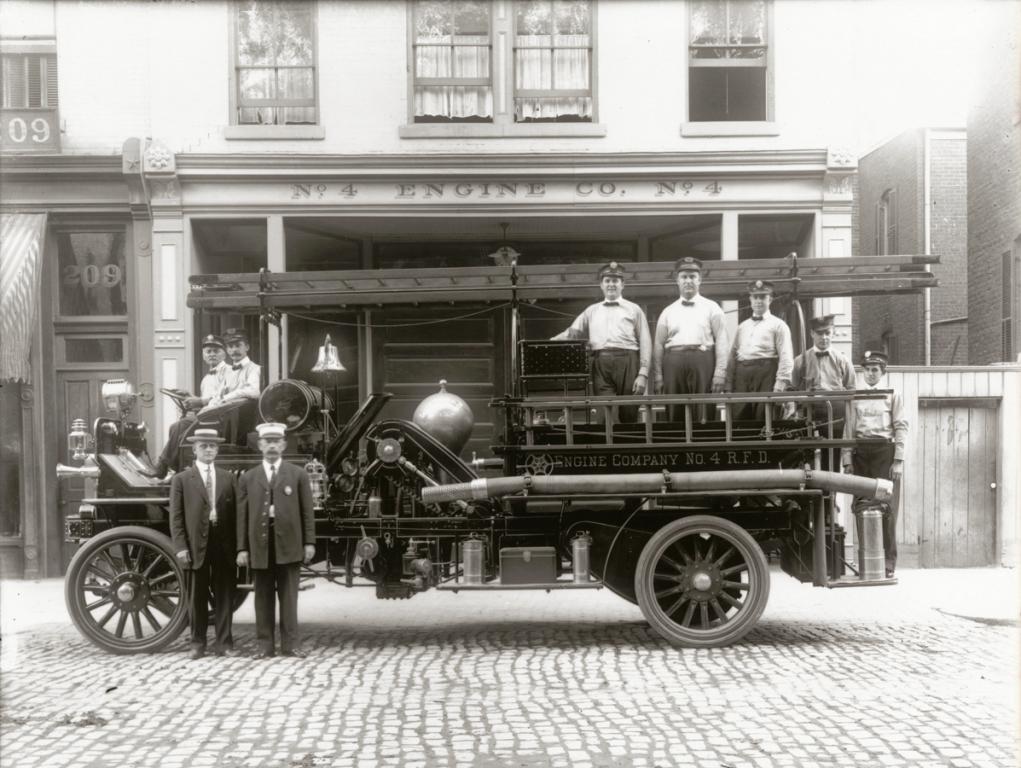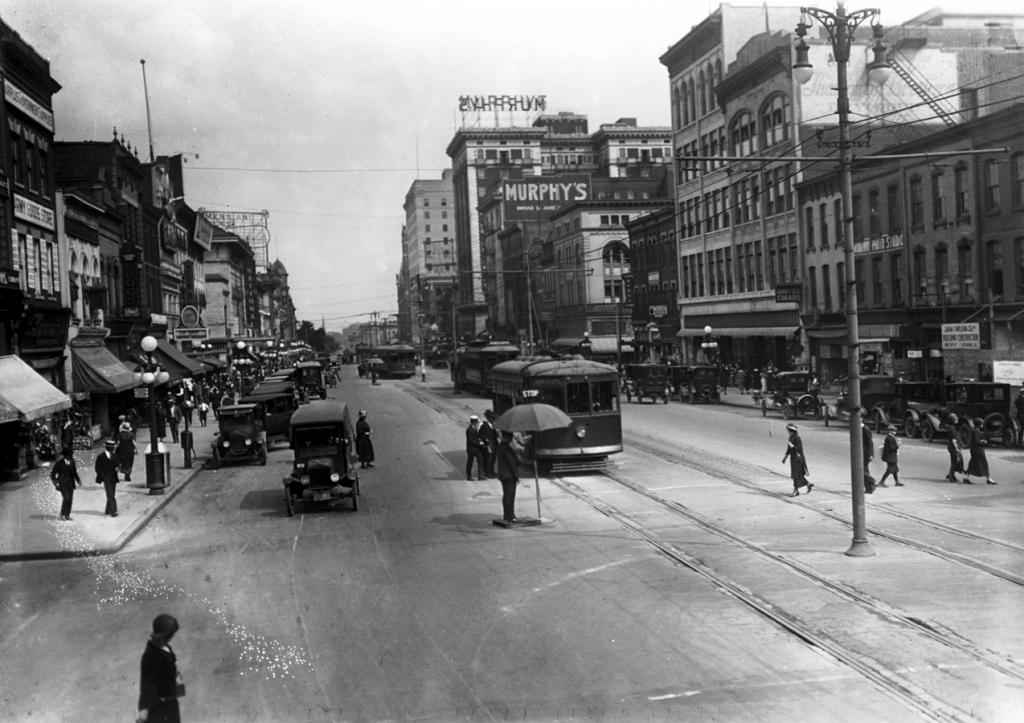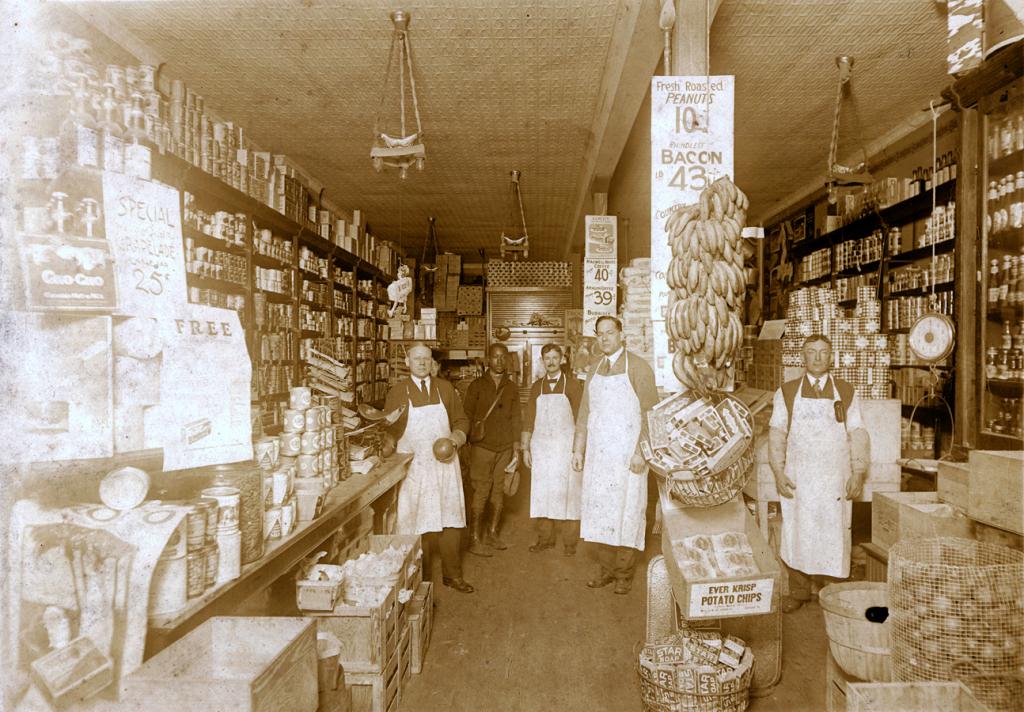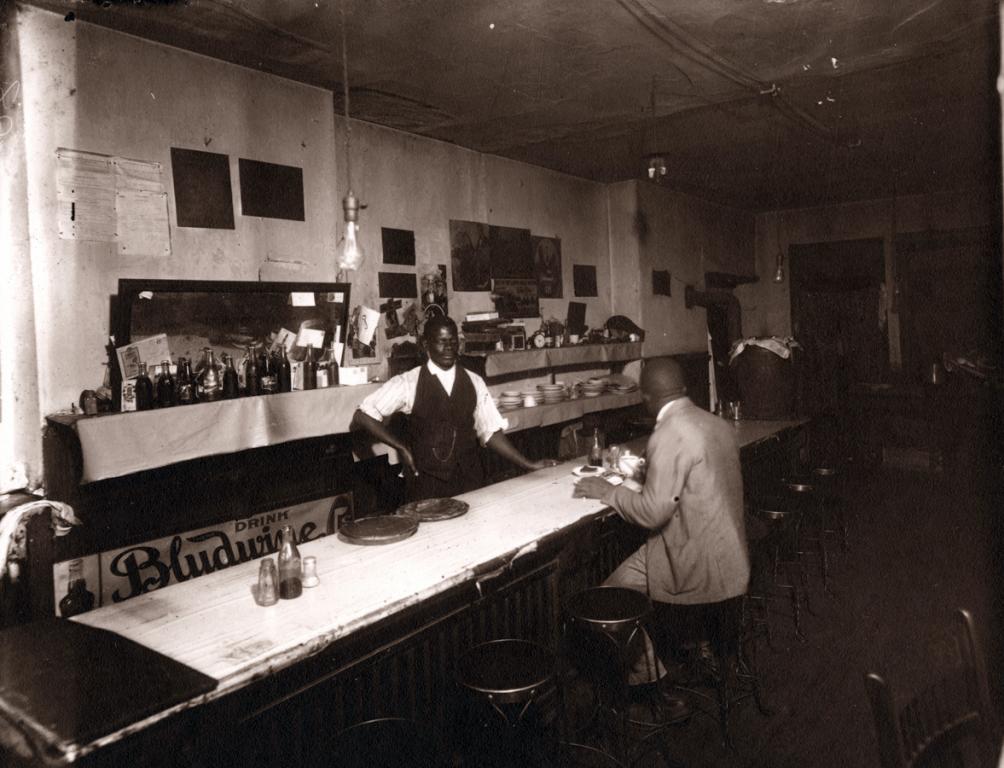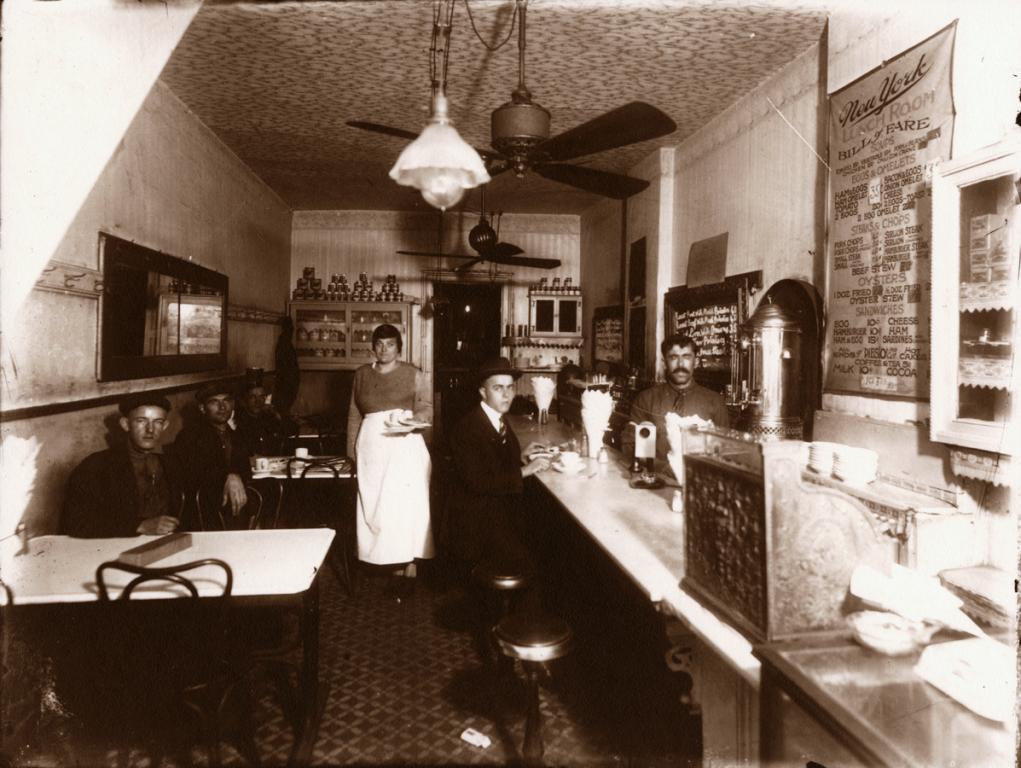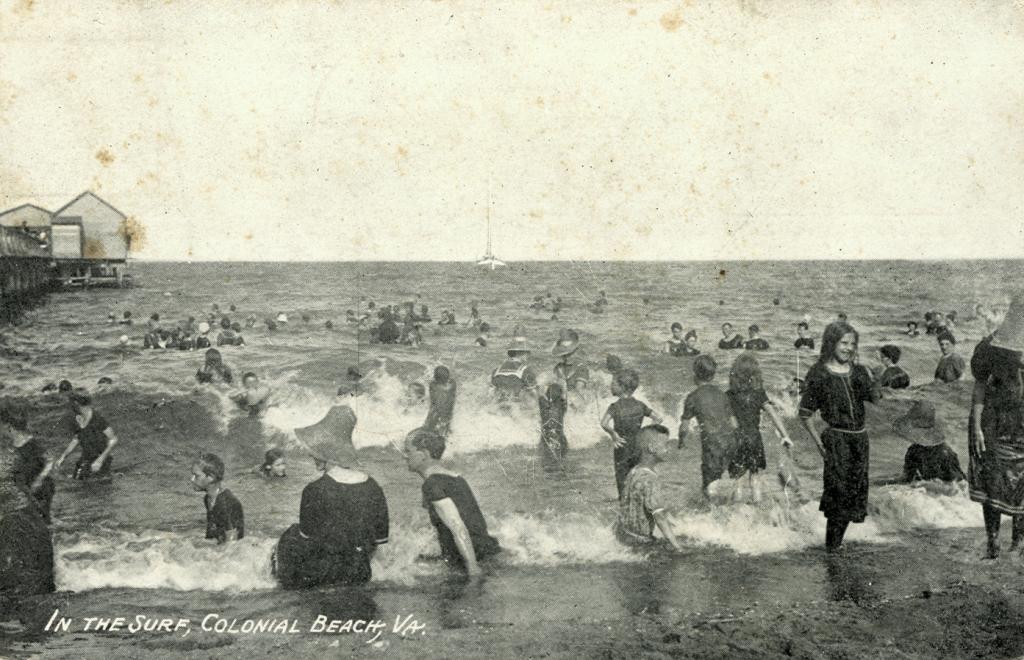The 1920 census revealed that, for the first time, more Americans were living in urban areas than rural ones. In Virginia, however, this historic transition did not occur for another thirty years; it was not until 1950 that the census recorded that the majority of Virginians lived in cities and towns. But the process of urbanization had been occurring for centuries.
The English encouraged urbanization in colonial Virginia, but Virginia's plantation economy and well-developed system of rivers militated against the growth of towns. Virginia's cities grew slowly, but they did grow. By 1860, Richmond, Petersburg, Norfolk, Alexandria, and Wheeling all had populations greater than 30,000. Cities in the state were closely connected to the countryside around them. Both before and after the Civil War, cities served as markets for local agricultural produce and provided manufactured goods in return.
After the Civil War, city populations started to grow. Freedmen migrated to urban areas looking for greater opportunity. The expansion of the railroads, fueled by northern capital, also encouraged urban growth. Tobacco manufacturing, flour and textile milling, and the processing of agricultural products remained the most important urban activities. Richmond became a national leader in the production of cigarettes. Danville and Martinsville, with easy access to southern cotton and wool, became booming textile centers. Martinsville also became a center for furniture manufacturing.
The industrial revolution also affected the way Virginia cities grew. Railroads carried coal across the state to Norfolk and Newport News, which became booming ports. Hampton Roads became a naval base, and shipbuilding became an important industry. By the 1920s, Newport News Shipbuilding and Dry Dock Company was the largest employer in the state.

